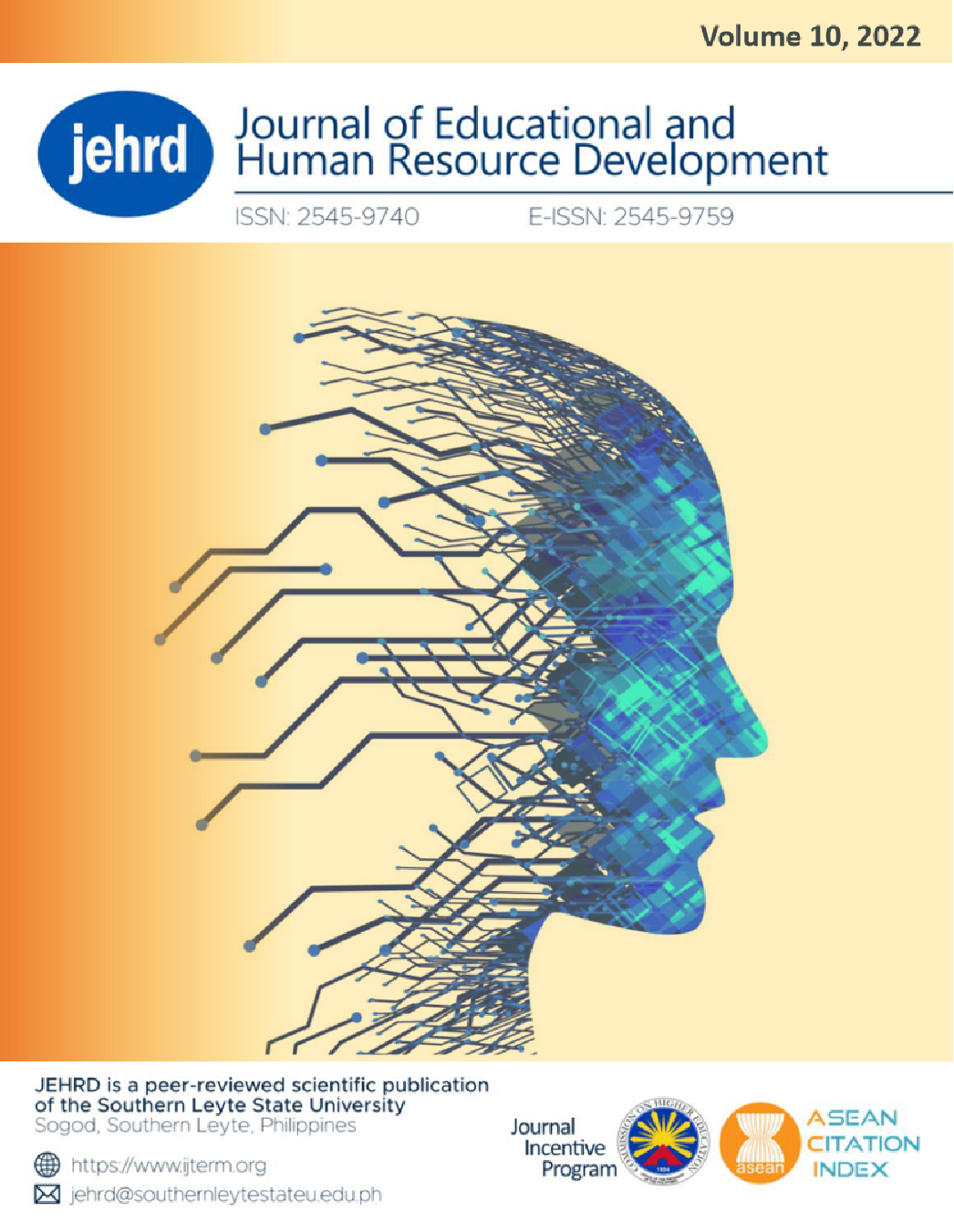Generating Women Empowerment Index through Principal Component Analysis
DOI:
https://doi.org/10.61569/xpqvk643Keywords:
Descriptive study, Development index, Labor inclusion, Principal component analysis, Women developmentAbstract
Lack of women’s empowerment is a critical aspect of gender equality but despite all government initiatives, the empowerment barrier exists in many forms and the empowerment level did not reach its anticipated level. This study attempted to generate a women empowerment index from all direct and indirect indicators related to empowerment anchored on the identity empowerment theory using Principal Component Analysis (PCA). Utilizing the data from the United Nations Development Program (UNDP), the 10 independent indicators of 145 countries were analyzed and reduced into two principal components, namely: women development and labor inclusion. Results showed that of the two extracted components, women development has the higher weight of 75% compared to labor inclusion with only 25%. Furthermore, countries that are more developed and have high development index have high empowerment index as well. Results also showed that developing countries have low human development index and low index in women empowerment. The study recommends that initiated programs and all forms of research to improve the empowerment index must put emphasis on the developing countries.
Downloads
Published
Issue
Section
License
Copyright (c) 2022 Journal of Educational and Human Resource Development (JEHRD)

This work is licensed under a Creative Commons Attribution 4.0 International License.
This is an open access article distributed in accordance with the Creative Commons Attribution 4.0 Unported (CC BY 4.0) license, which permits others to copy, redistribute, remix, transform and build upon this work for any purpose, provided the original work is properly cited, a link to the license is given, and indication of whether changes were made. See: Creative Commons Attributions 4.0 International License.








